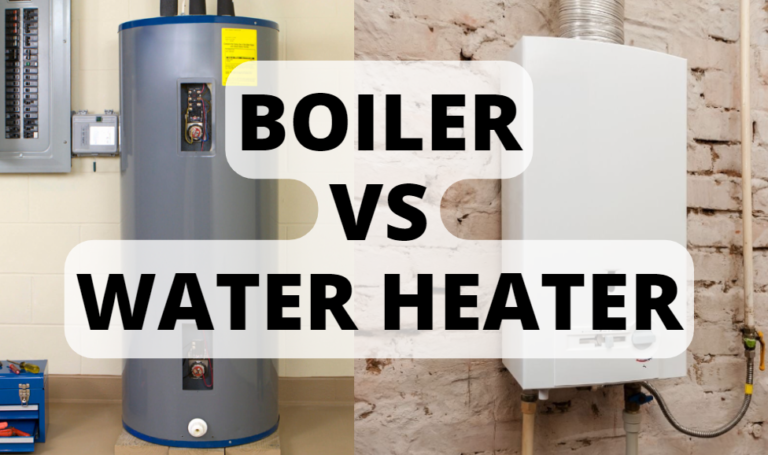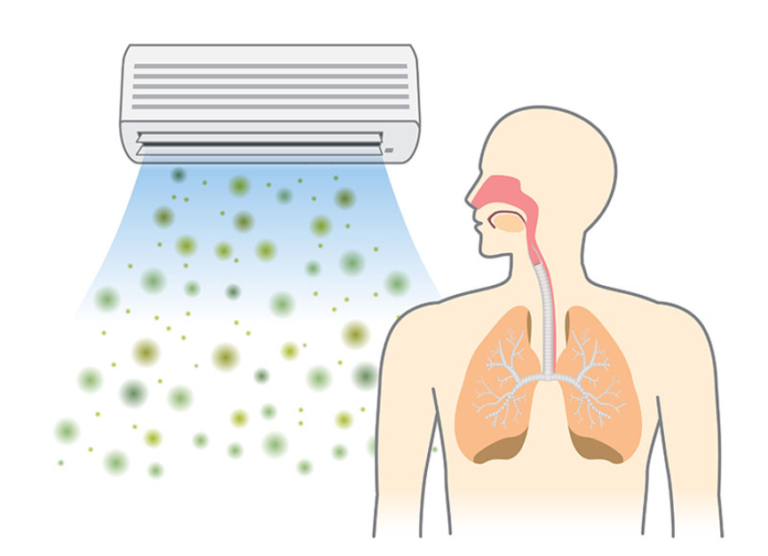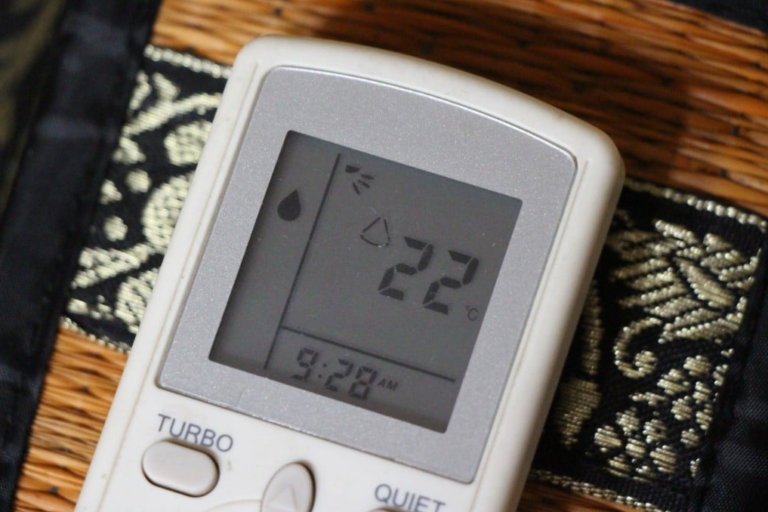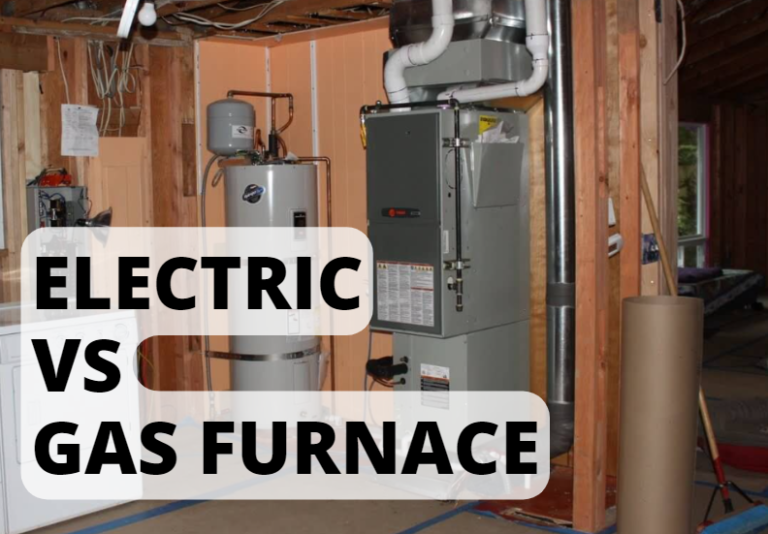12 Reason Why the Thermostat is Not Turning on The Heater
If your thermostat is not turning on the heater, there are a few things that could be causing the problem. The first thing you should check is the power source to the thermostat. If the power is off, the thermostat will not be able to turn on the heater. Another possibility is that the batteries in the thermostat are dead and need to be replaced.
If the power is on and the batteries are good, the next thing to check is the settings on the thermostat. Make sure that the thermostat is set to heat mode and not cool mode. Also, check to see if the temperature setting is below the current room temperature. If it is, then the thermostat will not turn on the heater because it does not need to.
But let’s delve a little further.
The thermostat is not turning on the heater: 12 possible reasons the heater wont kick on
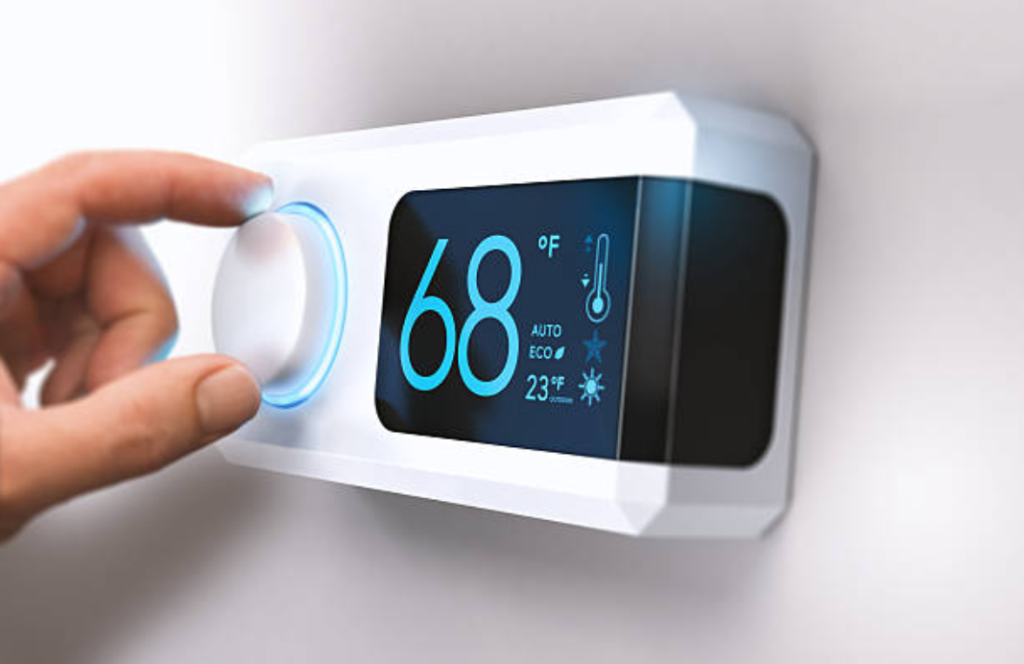
There may be a number of causes if the thermostat does not activate the heat. Here are 12 possible reasons:
The thermostat may be turned off.
You can turn the thermostat to “off.” Make sure “heat” or “automatic” is selected in the options.
While this may be a simple mistake, it can be a frustrating one.
There are a few reasons why your thermostat may be turned off. The most common reason is that someone in your household has accidentally hit the switch. This is especially common if you have young children or pets who like to play with the thermostat.
Another possibility is that your power has gone out and the thermostat has reset itself. If this is the case, you should see a message on the display telling you that the power is out.
Thermostat batteries may be low
If your thermostat isn’t turning on your heat, it could be because the batteries are dead. You can usually tell if this is the case if the display on your thermostat is blank or if it’s not responding to your input. If you think your thermostat might just need new batteries, follow these steps to replace them:
First, locate the battery compartment on your thermostat. This is usually behind the faceplate or on the side of the unit. Once you’ve found it, remove the cover to access the batteries.
Next, take out the old batteries and insert new ones in their place. Be sure to check the polarity before you put them in – most batteries will have a + and – symbol to indicate which way they go.
Once the new batteries are in place, put the cover back on and turn your thermostat back on. If it still doesn’t work, you may need to reset it or call a professional for help.
Replacing the batteries in your thermostat is a simple fix that you can do yourself, but if you’re still having trouble with your heating, it’s best to call a professional.
The boiler may not be turned on.
If your home thermostat isn’t turning on the heat, it could be because your furnace isn’t actually turned on. Check to see if there is a switch near your furnace that says “off” or “on.” It’s possible that someone in your household has accidentally turned off the furnace, and now no one can figure out how to turn it back on.
If the switch is in the “on” position, then the next thing to check is whether or not your furnace has power. Check the circuit breaker to see if it has been tripped. If it has, simply flip it back to the “on” position and see if that solves the problem.
If your furnace still isn’t working, there could be a problem with the pilot light. This is especially common in older furnaces. The pilot light is a small flame that ignites the main burner. If the pilot light has gone out, you’ll need to relight it. Follow the instructions in your furnace’s owners manual for relighting the pilot light.
If you’re still having trouble, it’s time to call a heating technician. They will be able to diagnose and solve the problem quickly.
The boiler filter may be dirty.
If your thermostat isn’t turning on your heating, it might be because your boiler’s filter is dirty. A dirty filter can prevent your boiler from operating correctly, and may even cause it to overheat.
You should check your boiler’s filter every month, and clean it if it looks dirty. To clean the filter, simply remove it from the boiler and rinse it with warm water.
If your boiler has an automatic shut-off valve, you may also want to check that it is working properly. This valve is designed to prevent the boiler from overheating, and if it is not working correctly, it could cause your heating to shut off unexpectedly.
Related article: How does a boiler work? – In Depth Guide
The furnace itself could be overheating.
The furnace itself could be overheating. Here’s what you need to know about this potential problem.
If your furnace is over heating, it’s important to take action immediately. An overheated furnace can lead to a house fire, so it’s not something to ignore.
There are a few signs that you can look for to see if your furnace is overheating. First, check the pilot light. If it’s red or yellow, that’s an indication that the furnace is too hot. Second, feel the outside of the furnace. If it’s hot to the touch, that’s another sign that the furnace is overheating.
If you think your furnace is overheating, turn it off immediately and call a professional to come take a look at it. Don’t try to fix the problem yourself, as you could make it worse or even cause an accident.
Overheating furnaces are usually caused by one of two things: either the furnace is too old and needs to be replaced, or there’s something blocking the airflow to the furnace. If it’s the latter, then clearing the blockage should fix the problem. However, if the furnace is too old, then it will need to be replaced.
If your furnace is over heating, don’t delay in taking action. Turn it off and call a professional right away.
There may be a problem with your furnace’s pilot light
If your furnace’s pilot light won’t turn on, there may be a problem with the gas supply to the furnace. Check to see if the gas valve to the furnace is turned on. If it is, check to see if there is a problem with the pilot light assembly.
The pilot light assembly may be dirty or the thermocouple may be bad. If the pilot light assembly is dirty, clean it and try relighting the pilot light. If the thermocouple is bad, replace it and try relighting the pilot light.
There may be a problem with your furnace’s igniter.
If your furnace’s igniter isn’t working, your furnace won’t turn on. This is a problem that you’ll want to get fixed right away, as it can be very cold in your home without heat.
There are a few different things that could be causing your furnace’s igniter to not work. One possibility is that the igniter is dirty and needs to be cleaned. Another possibility is that the igniter is old and needs to be replaced.
If you think that your furnace’s igniter might be dirty, the first thing you’ll want to do is check the manufacturer’s instructions to see if there are any special cleaning instructions. If there are no special instructions, you can clean the igniter with a wire brush. Just be careful not to damage the igniter while you’re cleaning it.
If you think that your furnace’s igniter might be old, you’ll want to call a heating contractor to come take a look at it. They’ll be able to tell you for sure if the igniter needs to be replaced, and they can do the job for you.
In either case, getting your furnace’s igniter fixed is something that you’ll want to do as soon as possible. Otherwise, you’ll be left in the cold!
There may be a problem with your furnace’s gas line
If your furnace’s gas line is not working, it may be because the gas valve is not open. If the gas valve is not open, the furnace will not be able to get any gas and will not be able to heat your home. You will need to contact a professional to come and take a look at your furnace and gas line.
There may be a problem with your home’s electrical system
If your home’s thermostat isn’t turning on the heat, there may be a problem with your home’s electrical system. Here are a few things to check:
- Make sure the power is turned on at the breaker box. If the power is off, flip the switch to the “on” position.
- Check the batteries in the thermostat. If they’re dead, replace them with new ones.
- See if the furnace is getting power. Check the fuse or circuit breaker that supplies power to the furnace. If it’s blown or tripped, reset it and see if that fixes the problem.
There may be a problem with your thermostat itself
If your thermostat isn’t turning on your heating system, there may be a problem with the thermostat itself. There are a few things you can check to see if the problem is with the thermostat or something else.
First, check to see if the batteries in the thermostat are dead. If they are, replace them and see if that fixes the problem. If not, try resetting the thermostat by turning it off and then back on again. If that doesn’t work, there may be a problem with the wiring.
If you have a digital thermostat, you can check the display to see if there is an error message. If so, it may give you a clue as to what is wrong. Otherwise, you’ll need to consult the manual to troubleshoot the problem.
If you have an older, analog thermostat, you can try adjusting the dial to see if that makes a difference. Sometimes, dirt or dust can build up on the contacts and prevent the electrical current from flowing properly. Cleaning the contacts with a cotton swab dipped in alcohol can sometimes fix the problem.
Condensate pipe-related issues
In colder climates, the pipe that transports condensate from the boiler to the exterior may freeze, leading to an unpleasant obstruction that compels the condensate to go in the opposite direction and shutting down the boiler.
The boiler display could give us a hint that the condensate line may have frozen by displaying a problem code or turning on a warning light. If verification reveals that the pipe’s freezing caused the issue, it can be defrosted before the heating system is tested for good operation.
Problems due to probe malfunction
A key boiler instrument is the temperature probe, because it has one of the most important tasks within the system, which is to control whether the temperature of the water inside the system is kept within the correct range for ideal operation.
Depending on the boiler models, there may be one or more temperature probes, but the operation is very similar in all models and types.
There are two probe models used within heating systems: contact probe and immersion probe. The major difference lies in the position of this object relative to the water. In fact, an immersion probe, as the name suggests, works immersed in water, while the contact probe is attached to the water container, thus in an external position.
The function of the probe is to monitor the operating temperature of the boiler, communicating its data to an electronic board, which in turn monitors the settings entered by the user and, if necessary, increases the amount of fuel used to increase heat.
The probe, therefore, being in contact with water, is susceptible to wear and tear, and thus malfunction, due to the presence of scale. In fact, as the water heats up, calcium particles tend to fall and settle on the probe as well.
It, if covered with too much limescale, is not able to perform its role well and may send incorrect data to the electronic board, causing blockages in the heating system.
To reduce limescale, it would be very useful to install filters to reduce the entry of calcium inside the boiler, but most importantly, the system should be checked periodically.

